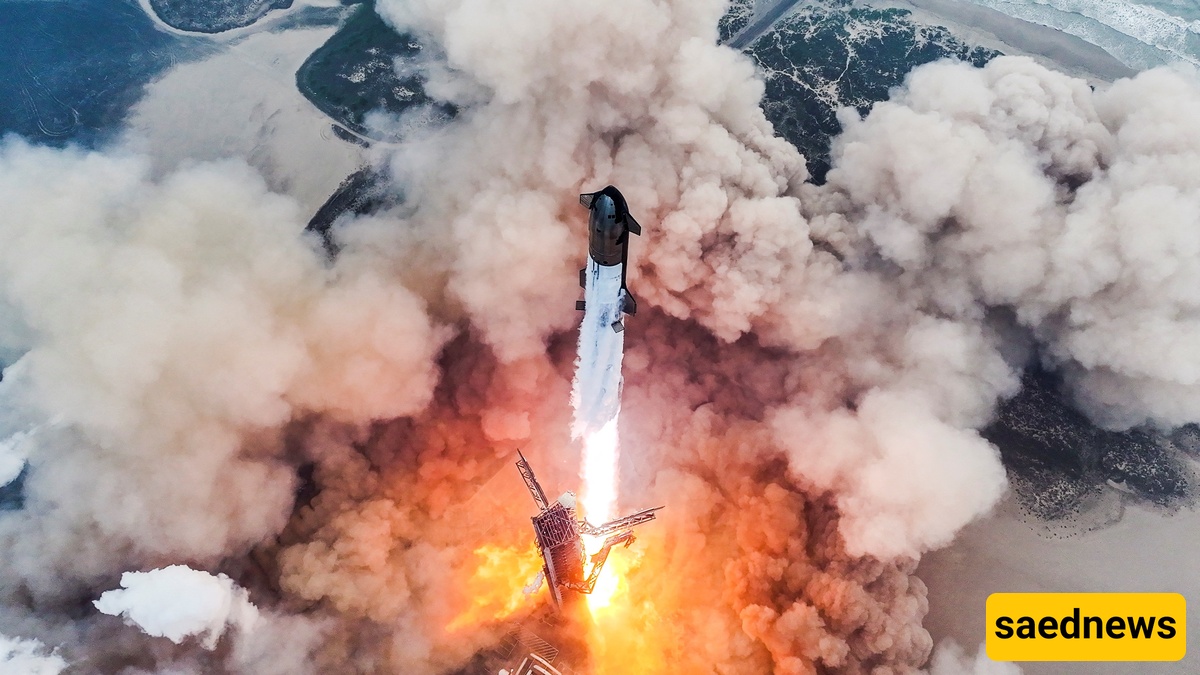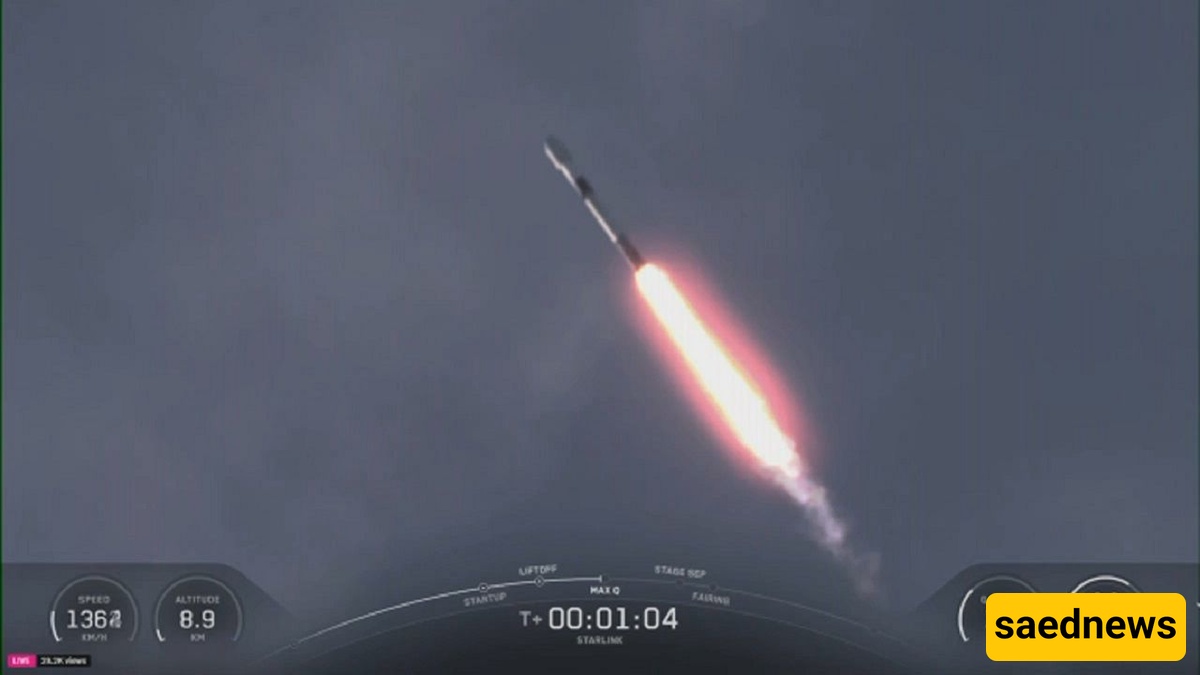SAEDNEWS: SpaceX is gearing up for a spectacular dawn launch from Cape Canaveral, sending 28 Starlink satellites into orbit aboard Falcon 9, with near-perfect weather predicted for liftoff.

Early Sunday morning, all eyes will turn to Florida’s Space Coast as SpaceX prepares to launch its Starlink 10-27 mission. A Falcon 9 rocket will carry 28 Starlink V2 Mini satellites into low Earth orbit, with deployment expected just over an hour after liftoff from Launch Complex 40.
The targeted launch time is 6:53 a.m. EDT (1053 UTC) — a golden hour for both rocket-watchers and photographers hoping to capture the spectacle against the rising sun.

Launches are always at the mercy of weather, but this time, conditions are nearly ideal.
The 45th Weather Squadron has forecast a 90% chance of favorable weather.
Dry mid-level air is expected to suppress storm development.
Only minor coastal showers may appear, but they pose little risk.
In short, it’s shaping up to be one of the smoothest launch windows SpaceX has seen in weeks.
The Starlink 10-27 mission isn’t just another routine launch. Here’s why it matters:
28 New Satellites: Each one is part of SpaceX’s ambitious plan to build a global internet constellation.
Low Earth Orbit Deployment: Optimized for faster speeds and lower latency.
V2 Mini Technology: Smaller, more efficient, and designed for denser orbital coverage.
This means more households, even in remote regions, could soon access high-speed Starlink internet.
The Falcon 9 first stage booster (B1085) is a veteran of 10 previous missions, including high-profile ones like NASA’s Crew-9 and Firefly Aerospace’s Blue Ghost Mission 1.
If all goes to plan, about 8.5 minutes after launch, the booster will attempt a precision landing on SpaceX’s droneship “A Shortfall of Gravitas” stationed in the Atlantic.
A successful landing would mark the 125th touchdown on this vessel.
It would also be SpaceX’s 508th booster landing overall, solidifying their dominance in reusable rocketry.
Starlink has grown from an ambitious experiment into a global communications lifeline.
Coverage Expansion: Starlink already operates in more than 70 countries.
Emergency Response: Its terminals have been used in disaster zones, warzones, and remote scientific outposts.
Market Growth: With each launch, SpaceX strengthens its edge in the satellite internet market.
This specific mission highlights how SpaceX balances commercial goals with technological milestones, pushing both internet connectivity and rocket reusability forward.
With more Starlink launches scheduled this fall, SpaceX shows no signs of slowing down. The company’s vision of a megaconstellation exceeding 12,000 satellites may sound ambitious, but each mission like Starlink 10-27 brings it one step closer.
For space enthusiasts, Sunday’s launch is not just another rocket event — it’s part of a bigger story about how private spaceflight is reshaping our daily lives.
Bottom Line:
SpaceX’s Falcon 9 launch from Cape Canaveral is more than a dawn spectacle. It’s a demonstration of technological consistency, reliability, and ambition — with the potential to transform global internet access, one satellite at a time.

